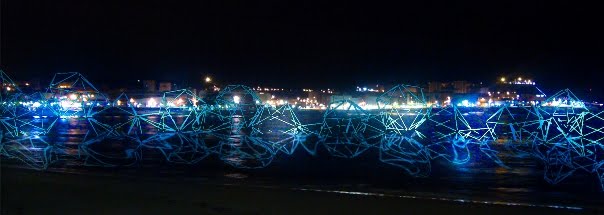
The beach is perceived to be a buffer between the city and the surrounding coast acting as one of the few leisure spots within the dense cityscape. It is a fringe condition between the land and the sea. The beach is a void within the mass of the urban metropolis of Mumbai which attracts users in huge numbers all year round. This led to an imbalance in the distribution of density between the fringe conditions and the leisure spots. In some cases the increase in the density caused the degradation of some of the beaches. The coast acts as a natural striation but the striation cannot accommodate the existing forces acting on it-the proportion of the users to the area it covers is too large. Hence, the coastal stretch appears to be an invisible, over-used mass, filled with people and human activity which it cannot serve. The apparent overuse of the sandbar and the relatively sparser use of the water’s edge is the main factor governing this problem. Moving the density of people from the sand to the water can bridge this invisible gap and can lead to a more even distribution between the segments of the beach. This shift would make the fringe appear once again on the coast and make the boundary between the land and water wider and deeper.



Very clear understanding of the brief. Its nice to see the diagram which emphasises 'breaking' and 'overlapping'.
ReplyDeleteIn a way, this is like to unassemble the conventional configuration between sea and land and re-connect them, at the same time breaking the original programmatic relationship they have had and inventing the new one. All the best!
Hemant Purohit, Iaac, Barcelona